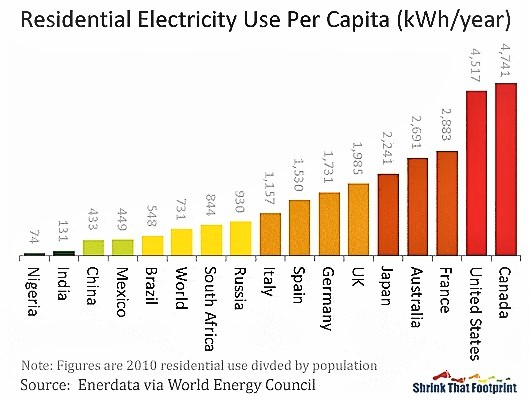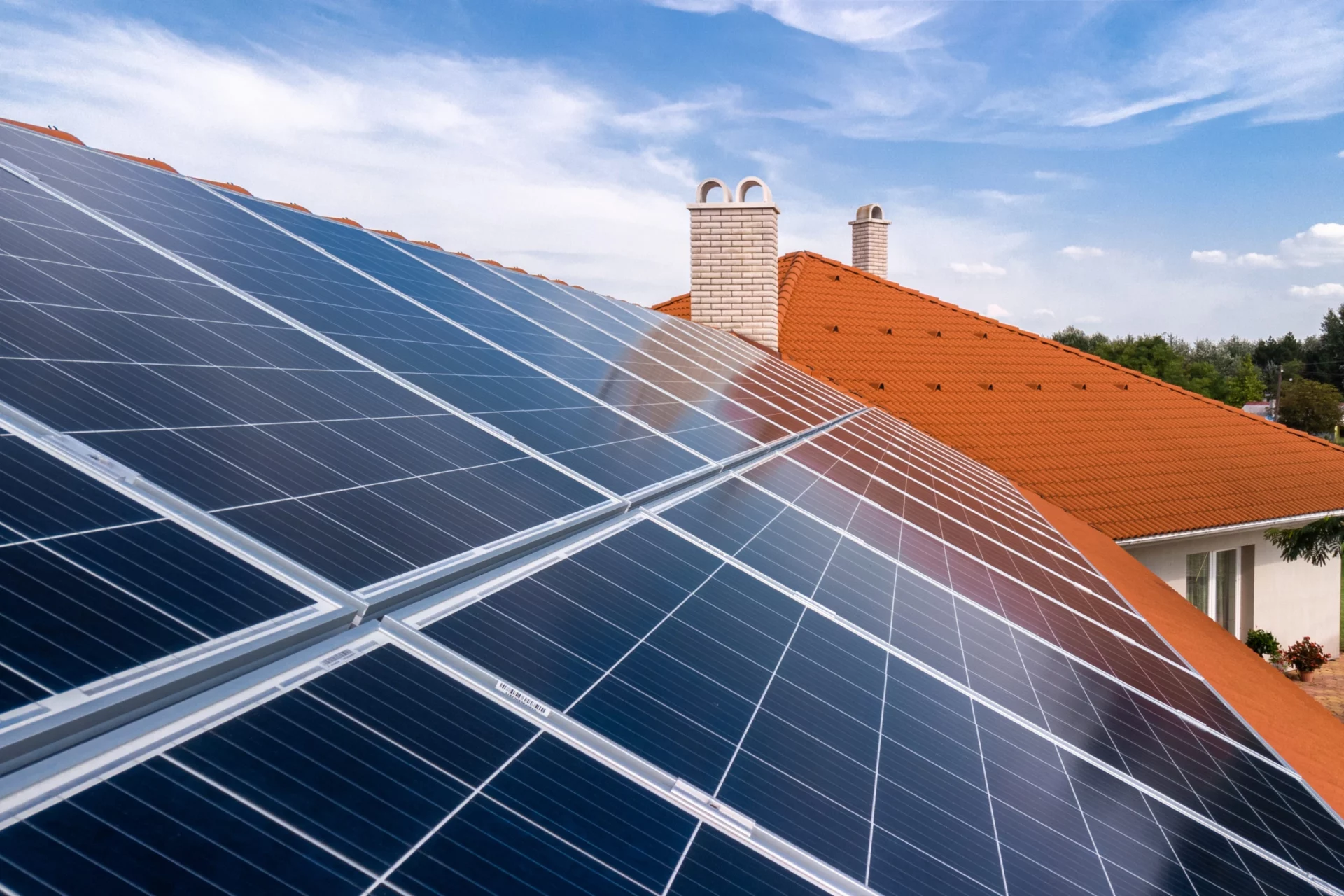Energy bills became unbearable, so you decided to go solar. Good. But how many solar panels do you need to power your house? Before you invest money, invest time to get to knowledge. Here are some basic facts and simple math.
Why solar panels’ energy production is so popular?
As time goes by and economic circumstances change causing uncertainty, solar panels’ energy production becomes more popular. We are not talking about big solar farms now. We talk about solar panels to power your OWN household. So, you do not need a humongous investment since you are not going to become an electricity magnate. You are going to save money on the electricity bill you are getting from the utility company. Saving is the key to solar panels’ popularity. The key to household savings is making your home as sustainable as possible.
Let’s see how you can save and how you can make a cost-effective investment to improve your home budget and your life in general.
How do solar panels work?
First, you have to understand how solar panels work. It’s not because you are going to become a scientist, but to be sure what you really need to pay for.
Solar panels capture the sunlight by using solar photovoltaic (PV) cells. There are lots of variations of types of PV installations. If you search the Internet, you will find useful and less useful information on how and what to implement in your case. Depending on the country you live in, sometimes is a better idea to hire professionals. There are professional solar panel companies that can take care of everything, but first of all, you can consult several of them (if possible). It is likely they can solve the issues like the type of solar panels you need, and how many panels you need, and they will give you advice on how to maintain your new solar installation.
But, it is always a good idea to be well informed before you go shopping. Make a simple calculation by yourself. Here is how.
Let’s do the math
If we are to do the math we need certain information to start from.
How much energy your household uses?
Take last year’s electricity bills and see how much kWh you spent per every month. Add them and extract an average consumption. That’s the annual energy usage of your home if you rely on the utility grid only.
Average annual energy usage differs dramatically depending on where you live. The World Energy Council calculated that the typical American household power consumption is about 11,700 kWh each year or an average of about 893 kWh per month. It’s similar in Canada. But it seems this is not a matter of the country’s development. Thus, in France average residential energy consumption it is 6,400 kWh per year, and in the UK it is 4,600 kWh. The global average residential electricity consumption was roughly 3,500 kWh in 2010.

How much space do you have on your roof?
This is important information. Depending on the available area of the roof you will know how many solar panels can be placed. So, you will know how much electricity from the grid you can replace with solar panels electricity.
When calculating, have in mind that the single solar panel’s dimensions are 165/100 centimeters.
How many hours of sun your home gets?
This depends on two factors. The first is the geographic location of your home (you are lucky if you live in a “sunny country”). The second is the position of the house itself, and of course, how much area of your roof is exposed longer to the sunlight.
Depending on where your home is located you can calculate the production ratios of your new solar panels. It matters and here is why.
If you have the luck to live in a sunny country and let’s say you get 5 hours of direct sunlight daily, the math is 5 sunny hours x 300 watts (average per solar panel) = 1,500 W/h, or 1.5 kWh. Thus, each solar panel you have on your roof would produce around 500-550 kWh of energy each year.
How much wattage and efficiency the photovoltaic (PV) solar panels have?
This is connected to the first question and its answer. Also, you need to know the regulations in your country. Some countries are more renewable friendly, some are more restrictive. Others allow the extra electricity you produce to be turned back to the grid, but some do not. Some grid operators pay for the extra energy you turn back to the grid, and some don’t.
At a first sight, solar panels may look the same, but they are not because their wattage differs. The panel wattage is the amount of electricity the panel emits. We can say that the average panel wattage is 300 watts. Most solar panels range between 250 to 400 watts.
The formula with the three factors
When you gather this info, you can use the formula with the three factors mentioned above:
- annual energy usage
- panel wattage
- production ratios
It goes like this. Let’s say you have to cover 3,500 kWh (average world electricity consumption) per year. We calculated that (an average) single solar panel can produce 550 kWh of energy each year. If so, you need a system of six to seven solar panels to cover the total energy consumption of your household.
Of course, this calculation is based on ideal conditions, and it is not (and couldn’t be) exact.
There are rainy years or large snowfalls that happen. No one can control the weather. Thus, absolute switching to solar power is risky. Still, you will need a backup from the utility grid.
Well, it is not only about saving your money…
Yes, you are to reduce energy bills by exchanging traditional heating, cooling, and electricity sources with cleaner, more natural source as sunlight power.
You are to become a super-saver and – environmental hero!

